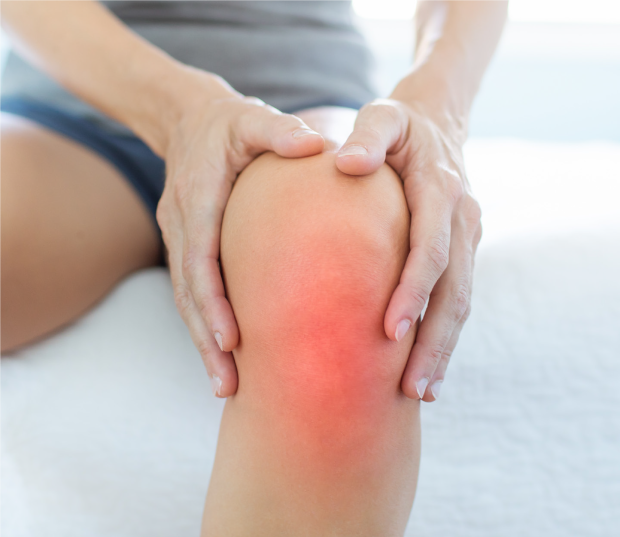
Prevent osteoarthritis from developing into a chronic pain by seeking early treatment and making simple lifestyle changes.
Creaky and stiff joints as you get out of bed may be a wakeup call to the possibility of arthritis. While arthritis is characterised by inflammation of the joints, it is not a single disorder. There are more than 100 types of arthritis, many with autoimmune causes. The most common type is osteoarthritis (OA), which is also the most common form of arthritis among Singapore’s ageing population. Other arthritis types include rheumatoid and psoriatic arthritis.
Wear and tear arthritis
OA occurs due to the wear and tear of cartilage, which is the tissue that protectively cushions the ends of your bones and joints. As you age, cartilage deteriorates naturally and may lead to pain, swelling and stiffness in the joints. The most often affected joints are the knees, hips, lower back, neck and hands.

According to Dr Tan Huey Chieng (above), Family Physician, Outram Community Hospital (OCH), an institution under the SingHealth Community Hospitals, the prevalence of OA increases with age, with global rates of knee OA estimated to be as high as 40 per cent among people aged 70 years and above. However, several other factors may increase the risk of OA occurring, including being overweight, previous joint injuries, genetic factors and carrying out tasks that place prolonged stress on the joints.
As a progressive degenerative disorder, OA is irreversible, with symptoms worsening over time, possibly developing into a chronic pain that can get in the way of everyday life. Left untreated, advanced OA could result in deformity and disability. In severe cases, complex procedures such as realignment surgery or joint replacement surgery may be prescribed.
Early treatment through lifestyle modifications, medication and non-surgical methods can slow its progress and help patients manage their symptoms for a better quality of life.
Medication and health supplementation
OA patients may find their pain eased with topical non-steroidal anti-inflammatory drugs (NSAIDs) in the form of ointments, creams, patches and gels. For patients experiencing more severe pain or who have OA in multiple joints, paracetamol and other oral NSAIDs may help to achieve a further degree of relief. However, Dr Tan warned that the long-term use of NSAIDs should be weighed against potential adverse reactions and side effects, such as hypersensitivity reactions, renal injury and gastrointestinal ulcers or bleeds.
A popular off-the-shelf oral supplement that promises symptom relief from wearand- tear of the joints is glucosamine, a natural compound produced by the body to maintain the health of cartilage. However, Dr Tan advised that the results on clinical benefits of glucosamine for OA are currently uncertain and inconsistent. As such, clinicians neither recommend nor discourage the use of glucosamine for patients who are keen on oral supplementation. “Patients who are already taking glucosamine and report improvement in symptoms may discontinue after a period of six months, but do approach your doctors for advice and monitor for possible side effects while continuing your intake of glucosamine,” she said.
It is also important to note that many glucosamine products are derived from shellfish. People with allergies to shellfish are advised not to take glucosamine due to possible reactions.
Lifestyle changes
An easier way to manage OA is to modify one’s lifestyle.
Weight loss is a significant component of managing OA in the knee. “Reduction of excess body weight significantly reduces knee joint compression and increases joint function,” said Dr Tan, who recommends a minimum of 300 minutes of moderateintensity physical activity per week. OA patients may work their way up to this gradually with a combination of low-impact aerobic fitness training, such as walking, cycling or swimming. These, along with muscle strengthening exercises, are also a recommended fitness routine to prevent OA.
“Regular water-based exercises in the pool are often recommended as these reduce pain and are gentle for OA patients. Stretching or flexibility exercises, particularly of the hamstrings, minimise contracture of the knee and increases knee range of motion,” shared Dr Tan. “Nevertheless, exercise choices should be personalised based on a person’s mobility, preferences and specific impairments.”
Apart from exercise and diet, daily habits should also be examined. “Avoid maintaining the same joint position for prolonged periods as this may cause stiffness. Stretching out our knees after sitting for long periods of time helps to relieve stiffness,” she advised.
Get the latest updates about Singapore Health in your mailbox! Click here to subscribe.













 Get it on Google Play
Get it on Google Play